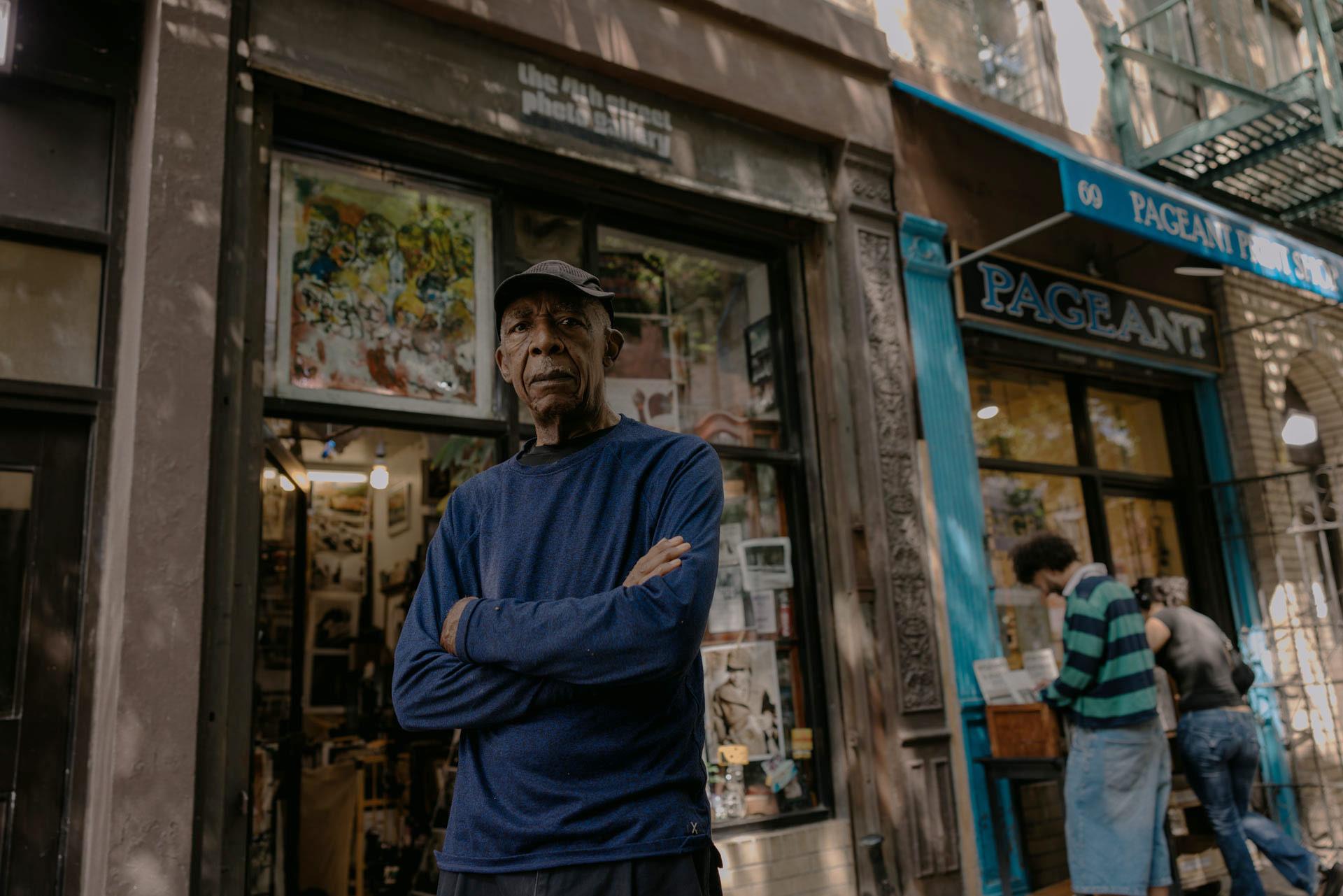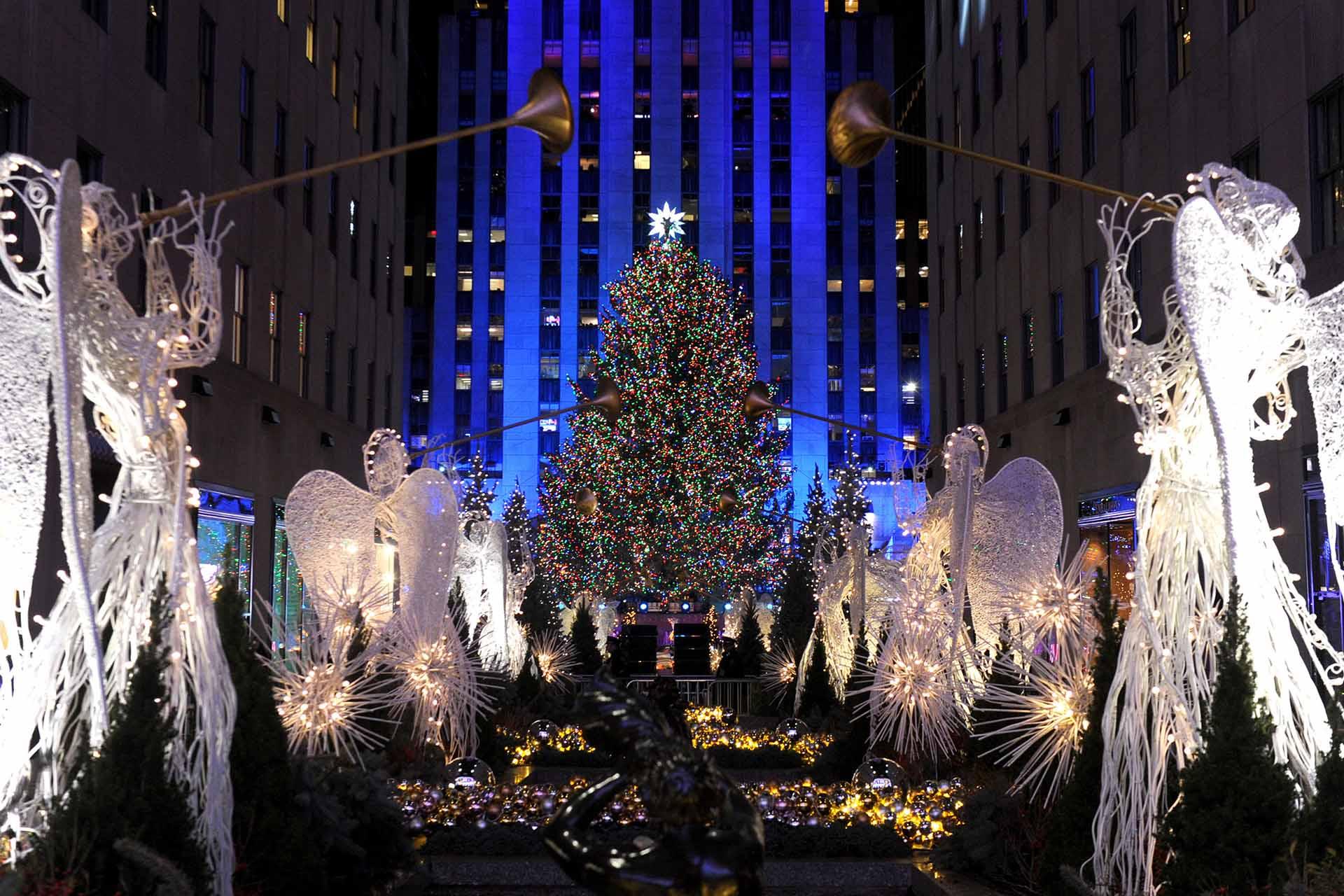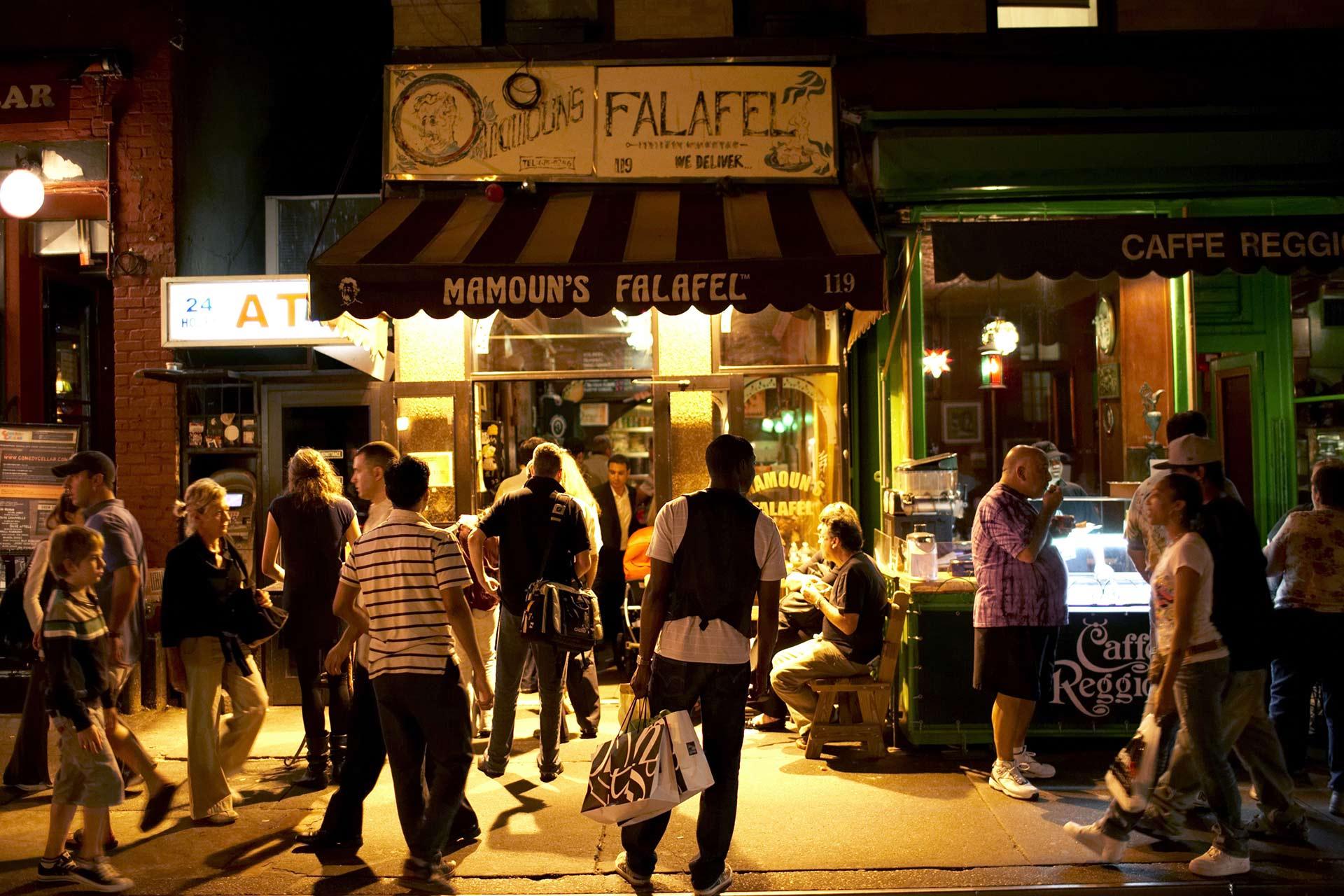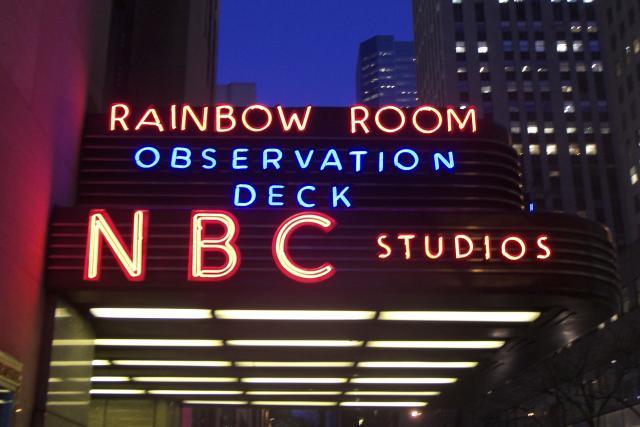After careful consideration, John Donohue chose a spot between two parked cars 10 or so feet away from the east-facing exterior of Neir’s Tavern. He took out his sketchbook and began to draw. “Where I stand depends,” he says. “What works best from a drawing perspective? Do I need a piece of shade? I sometimes think of my work as a Google street view.”
Donohue, who took up drawing in the early 2000s—he’s mostly self-taught, though he attended some classes at the Art Students League—draws restaurants in New York City. “All the Restaurants,” according to his website, and he’s worked his way through hundreds of NYC spots since his first post (Tribeca’s Odeon) just shy of a decade ago. He was inspired by the concept after editing a food-related book. “The name’s hyperbolic but also intentional, because I want a subject I’ll never exhaust,” Donohue says. “It’s not Sisyphean. I’m never going to get to the top of the hill.”

It’s true—New York City has many thousands of restaurants—but Donohue doesn’t necessarily need a wide palette for an inexhaustible subject. Every morning in his home in Brooklyn’s Park Slope, he sketches a toy duck that sits on a small tricycle; every evening, his dish rack. “I’ve been doing that since 2016. It’s an automatic still life, and it’s always rearranging itself. I started with dish racks and never stopped,” he says. It also serves as practice for his work, much of which is by commission these days; according to him, “It's like a pianist practicing scales.”
In honor of the City’s 400th anniversary, we commissioned Donohue to memorialize Neir’s Tavern in Woodhaven, Queens, NYC’s oldest continuously operating bar (1829), in an illustration. Genial owner Loycent Gordon is a proud caretaker of the bar’s heritage: original details like the pressed-tin ceiling, the long mahogany bar that has a old-time tap cooler they load with ice each day and the lore around the establishment’s role in the Martin Scorsese gangster movie Goodfellas. Neir’s has come back from the brink a few times, but it has adapted to the neighborhood’s changing demographics. Serving American pub favorites and drinks that merge the old and new (see its version of Haymaker’s Punch), it attracts an array of locals and those from further afield who are looking for a slice of a bygone NYC era.


Neir’s certainly feels like a local place, tucked on a corner in a residential neighborhood that’s partway between busy Atlantic and Jamaica avenues. That vibe, along with its historic pull, puts it right in line with the types of restaurants Donohue frequently draws, which he says are a mix of “culinarily, socially and culturally significant” spots, though he notes how fun it is to draw the kind of “mom-and-pop places with a big red awning.”

We accompanied Donohue while he sketched Neir’s. The day was hot, and he definitely needed a piece of shade. Using a vantage point from the intersection would have more easily captured the essence of the corner bar, but, Donohue says, “That would have meant standing in the middle of the street, which is impractical.” Impractical or not, he has done it before. “I drew Junior’s standing on the Flatbush Avenue traffic divide during my lunch hour,” he says.


After finding his spot, he took out his notebook and sketched for less than half an hour, just about his norm. “It usually takes me 20 minutes, give or take,” he says. And he did it while standing, though he’s not averse to taking advantage of a piece of street furniture if one is handy; still, that’s an infrequent occurrence. His practiced hand made it all look easy as the illustration took shape while we looked on.

Sketch complete, his next step was to scan and add color, which can take some thought and time. “My work is mostly representational but also slightly conceptual, so where I put the color is not necessarily related to where it was,” he says. American flag and occasional festive string lights aside, Neir’s is a relatively monochromatic brown; Donohue had yet to decide what the final color scheme would be.
But before the finishing touches, it was clear his work had an effect. He showed the sketch to a few customers inside, and they were duly impressed, even incredulous. Gordon was more effusive. “He’s like the Van Gogh of restaurant artists,” he says. Who are we to argue? (See for yourself below.)

A few other classic spots by Donohue
Donohue has gotten to a lot of NYC restaurants over the past decade—some found on his own, some that he says are fantastic places others have steered him to. A number of those, of course, no longer exist. He says, “The archival nature of it is exciting. If I hear of a closing, I will try to dash out to do it. I did that with Silver Moon Bakery, an iconic place on the Upper West Side. I think it was the last day it was open. Cornelia Street Cafe is gone; it’s a place I liked to go to and liked the way it looked.” Fortunately, the restaurants below are still in business.

Odeon
“This one is from 2017. I did it as the first for my website because, to me, it defines dining as we now know it in New York City. It’s this piece in the cultural history for someone of my generation.”

Pete’s Tavern
“It’s a more recent drawing. There was an outdoor dining structure on the street, so I needed to position myself at an awkward angle just to get a view of the place.”

McSorley’s
The East Village mainstay, which was men only until 1970, is nearly up there with Neir’s in terms of oldest bars in the City.

Junior’s
“It took me a few days to figure out the color scheme for this one,” Donohue says of the Downtown Brooklyn stalwart.
Find all of Donohue's NYC work at All the Restaurants.






